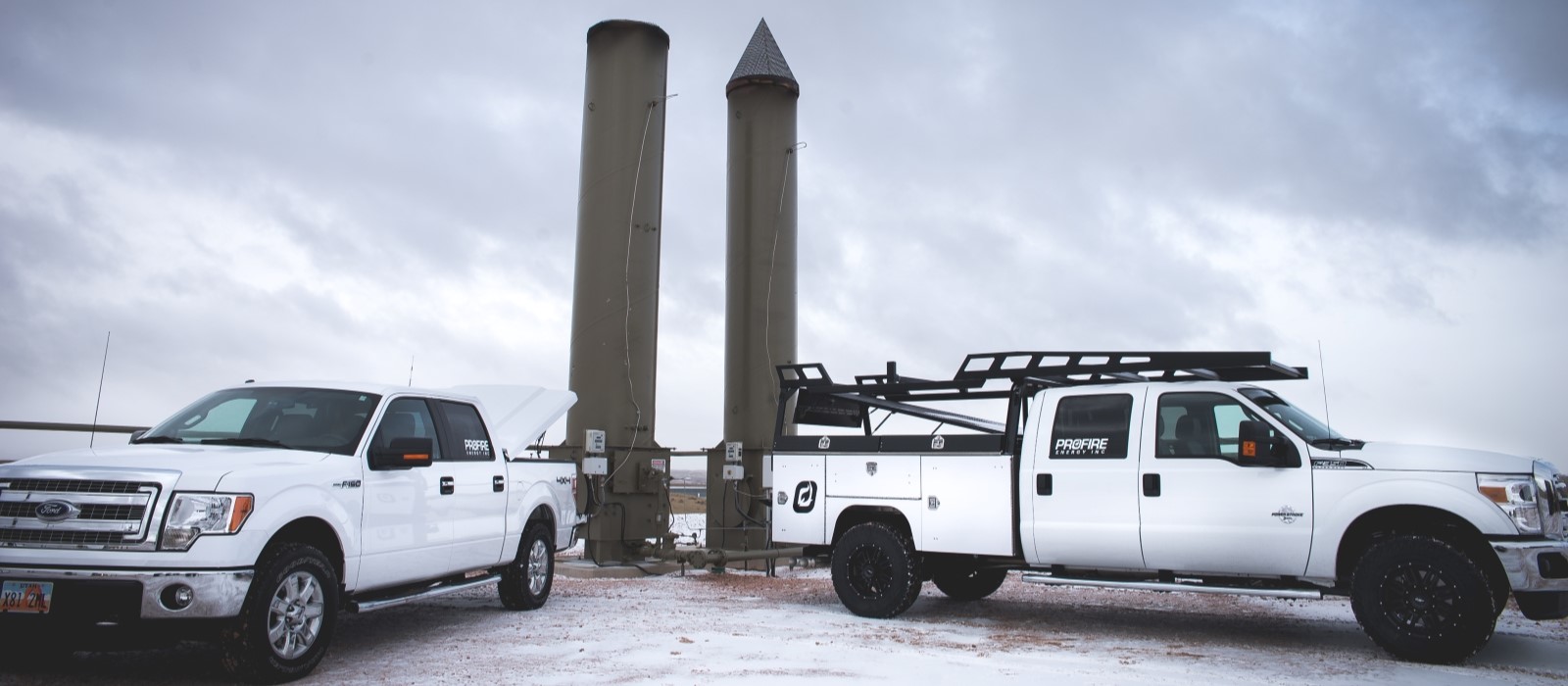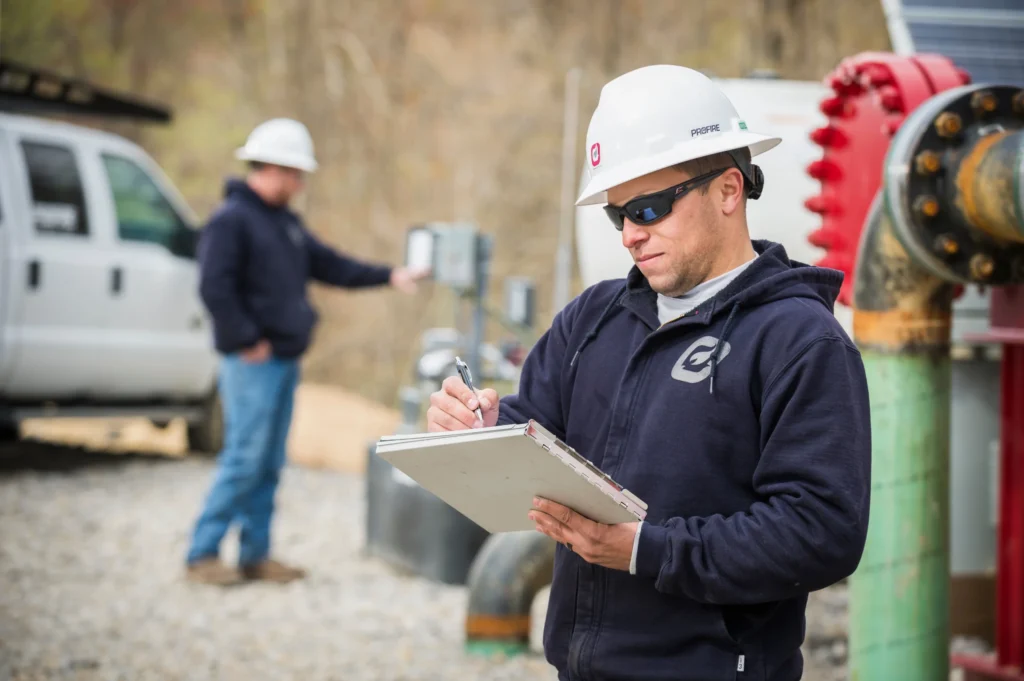How often do your heaters stop working in the winter compared to the summer? Heaters tend to experience more weather-related issues in the winter than in the summer—issues like condensation, component failures, and frozen fuel all plague heaters in the winter months. These issues usually lead to an increase in maintenance calls. Which leads to more downtime and unnecessary costs.
Properly tuned burners and automated burner management and combustion control systems can help mitigate these winter disruptions. They help maintain efficiency and safety throughout the colder months.
Let us dive into why winter preparation is important, and the best ways to go about it.
The Importance of Winter Preparation for Industrial Heaters
Winter preparation is crucial. It helps mitigate the potential risks that arise with the colder months. These risks are often fuel-related issues that create blockages and inefficiencies, condensation problems that cause moisture-related damage, and electrical component failures that lead to malfunctions. Maintenance and proper winterization strategies will ensure reliable operation throughout the winter. By preparing for the winter, you will reduce maintenance calls due to heater failures.
Why do heaters have trouble in the winter? It’s due to the harsher operating conditions that push heaters to their limits and expose any existing issues. That’s why taking the time to perform a 12-point service on your heaters in the fall is important. That way, you can identify potential problems before they lead to system failures.
Read Why Preventative Maintenance is Important in Industrial Heating Operations.
Implementing a Proper Winterization Strategy
Much like Preventative Maintenance, it’s important to have a proper winterization strategy. It’s equally important that it gets implemented before the cold arrives. Some operations winterize their systems as part of their annual Preventative Maintenance, which they conduct in the fall. Coupling winterization with your annual Preventative Maintenance will reduce the need for scheduled downtime. At the end of the day, proper winterization is important to keep operating safely and efficiently in the cold. Here are some recommendations for getting your industrial heating operations winter-ready:
Conduct a Thorough Inspection
It’s important to perform both a visual inspection and an operational check. Check your heaters for any visible signs of wear and tear, corrosion, or damage to their components. Additionally, run the heater to ensure it operates smoothly. Listen for unusual noises and check for irregularities in performance.
Clean and Service Components
To ensure optimal combustion efficiency, it’s important to clean your burners, removing any soot, dirt, or debris. Additionally, replacing or cleaning your air filters is crucial for maintaining proper airflow in your system.
Check Fuel Systems
Next, you’ll want to inspect your fuel lines. Check for leaks, cracks, or blockages. Then ensure your fuel lines are properly insulated to prevent freezing. Don’t forget to check your fuel for contaminants. You can further prevent fuel from gelling in cold temperatures by using additives.
Test Safety Controls
Testing and calibrating your thermostat and sensors is essential for accurate temperature control. Check your safety valves and pressure relief valves to ensure they are functioning correctly. That way, in the case of a failure, especially when coupled with a Profire BMS Controller, your systems will fail safely.
Inspect Electrical Components
At this point, you’ll also want to inspect all electrical wiring and connections for signs of wear, corrosion, or damage. Ensure your control panels are clean and free from moisture. Make sure all switches and indicators are functioning properly.
Perform Combustion Analysis
Conducting a combustion analysis will allow you to adjust the air-to-fuel ratio to optimize your system performance and reduce emissions. Measure your flue gas composition to ensure complete combustion and identify any potential issues.
Winterize the System
When winterizing your system, you want to insulate the pipes, fuel lines, and any other components exposed to the elements, to protect against freezing temperatures. Ensure all outdoor components are weatherproofed to prevent moisture ingress and damage from freeze/thaw cycles.
Develop a Maintenance Schedule
Perform regular checks on your system by establishing a regular maintenance schedule. This will keep you on top of any service needs throughout the winter. Remember to keep detailed records of all maintenance activities, inspections, and repairs.
Train Your Staff
Keep your staff trained! Provide continuous training on the safe use and maintenance of industrial heaters. Ensure they are familiar with emergency shutdown procedures and troubleshooting common issues.
Plan for Emergencies
Make sure you have contingency plans in place in case of an emergency. Keep an inventory of spare parts to minimize downtime from a breakdown. Having a backup heating system is crucial for maintaining continuity in operations if your primary heater fails. This precaution ensures that your activities can continue smoothly without interruption.
Getting Your Heaters Winter-Ready
Now that you know the importance of winterizing your industrial heaters, it’s time to get yours ready for the cold. By following these steps, you can help ensure that your industrial heaters are ready to handle the demands of winter, maintaining efficiency and safety throughout the season. At Profire, we offer a comprehensive Preventative Maintenance service that includes a 12-point service. At Profire, we are happy to help you prepare your systems for the cold.
Take advantage of the Profire Difference and keep your operations running smoothly this winter.

